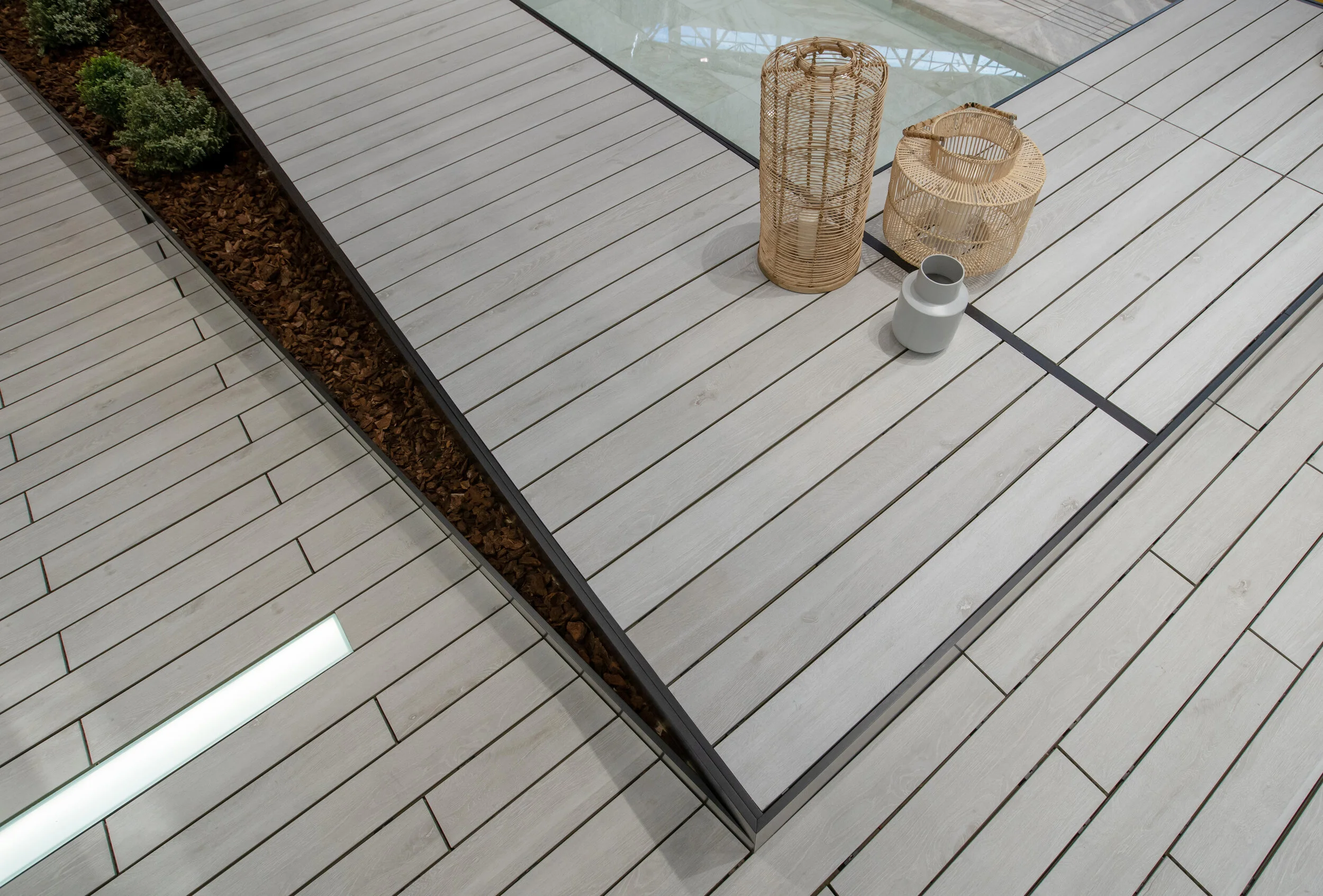About
The New European Bauhaus initiative connects the European Green Deal to our living spaces.
The New European Bauhaus is a ‘think-do tank’, a creative and interdisciplinary initiative launched by the European Commission at the end of 2020. This is an environmental, economic and cultural project, aiming to combine design, sustainability, accessibility, affordability and investment in the living environment in order to help deliver the European Green Deal. The initiative is based on three core pillars: sustainability, aesthetics and inclusion.
Cerame-Unie is honoured to take part in this important project as an official partner of the initiative. Ceramic construction products can indeed play a key role in this transformational project for a sustainable, inclusive and beautiful built environment.
Cerame-Unie Aisbl (CU) is the European Ceramic Industry Association. Based in Brussels since 1962, it is the voice of the European ceramic industry to the EU institutions. The European ceramic industry accounts for a total annual turnover of €31 billion and generates over 200,000 direct jobs. The European ceramic industry covers a wide range of products including bricks & roof tiles, clay pipes, wall & floor tiles, refractories, sanitary ware, table- & ornamental ware, technical ceramics, expanded clay and flower pots.
Further information on the New European Bauhaus is available here.
Construction with ceramics is beautiful
Ceramic construction products offer infinite creative solutions to designers and architects. Bricks, roofs, floor and wall tiles have shaped the built environment for centuries. Generations of European architects, builders, bricklayers and tilers have used them to build villages, towns and cities. Local traditions of roof tiles and bricks not only reflect the vernacular but also the climate and environment in their particular patterns all across Europe. Such widespread use is not accidental; Europeans have been aware of the technical and aesthetic qualities of clay building products for centuries. Due to the versatility of clay building products, they can be easily adapted to new requirements, techniques and methods of construction. The development and continuous improvement of clay bricks and blocks, roof tiles, ceramic tiles and pavers, their technical performance and the constant introduction of new designs, shapes and colours make them perfectly suitable for innovative and future-oriented buildings.
Construction with ceramics is sustainable
Ceramic construction products are resource efficient and have high durability, requiring little or no maintenance and stand out with their long life span. Studies show that a brick house can have a life span of more than 150 years, as do clay pipes, clay roof tiles and buildings containing expanded clay. Research also shows that clay pavers can have a lifetime of 125 years. Sanitaryware appliances and ceramic tiles for flooring and walls can have a life span of up to 50 years, which is very high in comparison to alternative materials.
The ceramic industry contributes actively to the shift towards a circular economy. Given the inert nature of fired clay, ceramic construction products can be reused (e.g. bricks, roof tiles and clay pavers) or recycled after the end-of-life stage.
However, the chemical transformation of clays to ceramics does not allow for 100% closed-loop recycling but rather provides a valuable input for open-loop recycling. The ceramic industry has developed innovative solutions with the aim of minimising raw material consumption and waste generation during the production process, through the reuse of internal production residues (e.g. mass residues, dry broken ware,…) the use of waste or by-products from other industrial processes, the reuse of water used in the manufacturing process, an optimized raw material selection or optimisation of the product design and supply chain cooperation in the case of recycling.
For further information on the contribution of ceramic construction products to circular economy and sustainability, please consult our brochure on best practices.
Construction with ceramics is inclusive
Ceramic construction products are made from natural raw materials that are widely available and sourced locally, providing employment, particularly in rural areas where job prospects can be limited. Last but not least, ceramic buildings offer high levels of comfort. They can provide acoustic performance/sound insulation, thermal comfort, and do not emit toxic emissions from the building fabric into the internal environment. They also ensure high levels of safety in case of fire or flood.
Construction with ceramics is part of the architectural heritage across Europe
Bricks and tiles have shaped the built environment for centuries. Generations of European architects, builders, bricklayers and tilers have used them to build villages, towns and cities. Local traditions of roof tiles and bricks not only reflect the vernacular but also climate and environment in their particular patterns all across Europe. Europeans have been aware of the technical and aesthetic qualities of clay building products for centuries. As European building styles are constantly evolving, so clay building products are being continuously developed. Innovation allows them to meet the requirements of the 21st century whilst preserving the built heritage.

